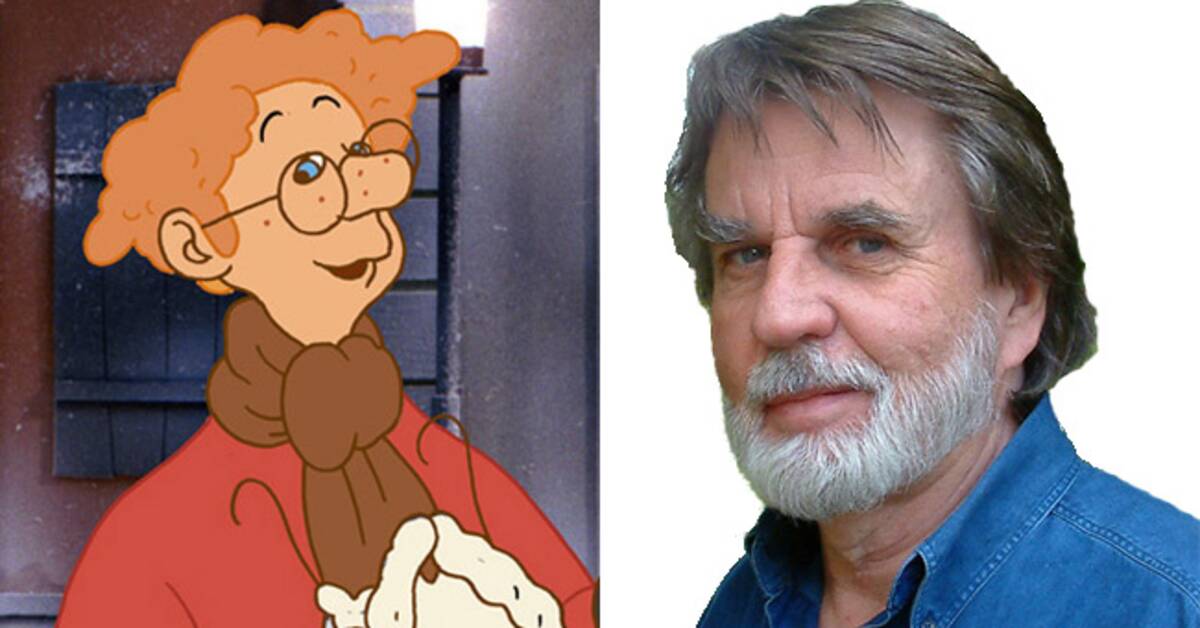Per Åhlin, the artist behind "The Saga of Karl-Bertil Jonsson's Christmas Eve", remembers the time in which his and Tage Danielsson's classic was created:
In those days, when Christmas was still celebrated to commemorate the birth of Christ, I lived in the countryside. There was certainly a baking and sausage stuffing, a fiddling and polishing. But the upswing in the two shops in the village was probably moderate and I don't think the proprietors got very rich.
Nor did you see very many poor people sitting outside. But of course there were.
This was in 1945. When the embers had gone out in the last gas truck and the rationing was over, I was still living in the village. But in the early 50s I moved to town and started working at an advertising agency. The manager there called himself a director and could have been a role model for Director Tyko Jonsson, Karl-Bertil's father.
The sun was constantly shining during the 50s. No clouds appeared on the horizon and tomorrow was always yours. We never saw any poor people, we who worked to roll most things. There was an insane boom in business. The rich knuckles of businessmen became even richer and the poor saters became even more invisible.
A few years later I met Tage Danielsson for the first time. He was a man who did not express himself unnecessarily. But usually unnecessarily. We worked together for over twenty years and in different contexts.
In 1975 we made the film about Karl-Bertil. Perhaps it was a conscious choice by Tage; to make a cartoon that clearly distanced itself from reality. Tage called the story The Tale of Karl-Bertil Jonsson's Christmas Eve. It gave me the opportunity, as usual when it came to collaborations with Tage, to work freely and let my imagination blossom.
But hopefully I also managed to convey some of the story's empathy in the film. That it's not just a funny picture of the violin player spending the night in his case.
Who lights a candle for those who walk in darkness? Coldly, the star of Christmas shines on those who do not have a home.
Often we talk about reality as if it were on film. The fairy tale gives us a legitimate opportunity to daydream, to reshape a brutal reality. When we see a beggar sitting on the street, our sense of reality is tested. Emotions can range from incomprehension, contempt, sympathy, empathy. But no one can go untouched.
Many times I have missed Tage as an inspirer and colleague. If we had done a Karl-Bertil at Christmas 2013, it would probably have looked different, as reality today crowds with even more beggars along its streets.
But I am convinced that Tage would once again have found a way to tell us about the absurdity and inhumanity of the fact that, figuratively speaking, there are more violin players staying overnight in their cases today than when we made the film 38 years ago.
It would certainly have become a fairy tale. But perhaps a fairy tale that – just like the one about Karl Bertil every Christmas makes us pause in the celebration for a moment to be impressed and inspired by his compassionate deed – also suited all other days of the year.
Per Åhlin
Lund, December 2013.

